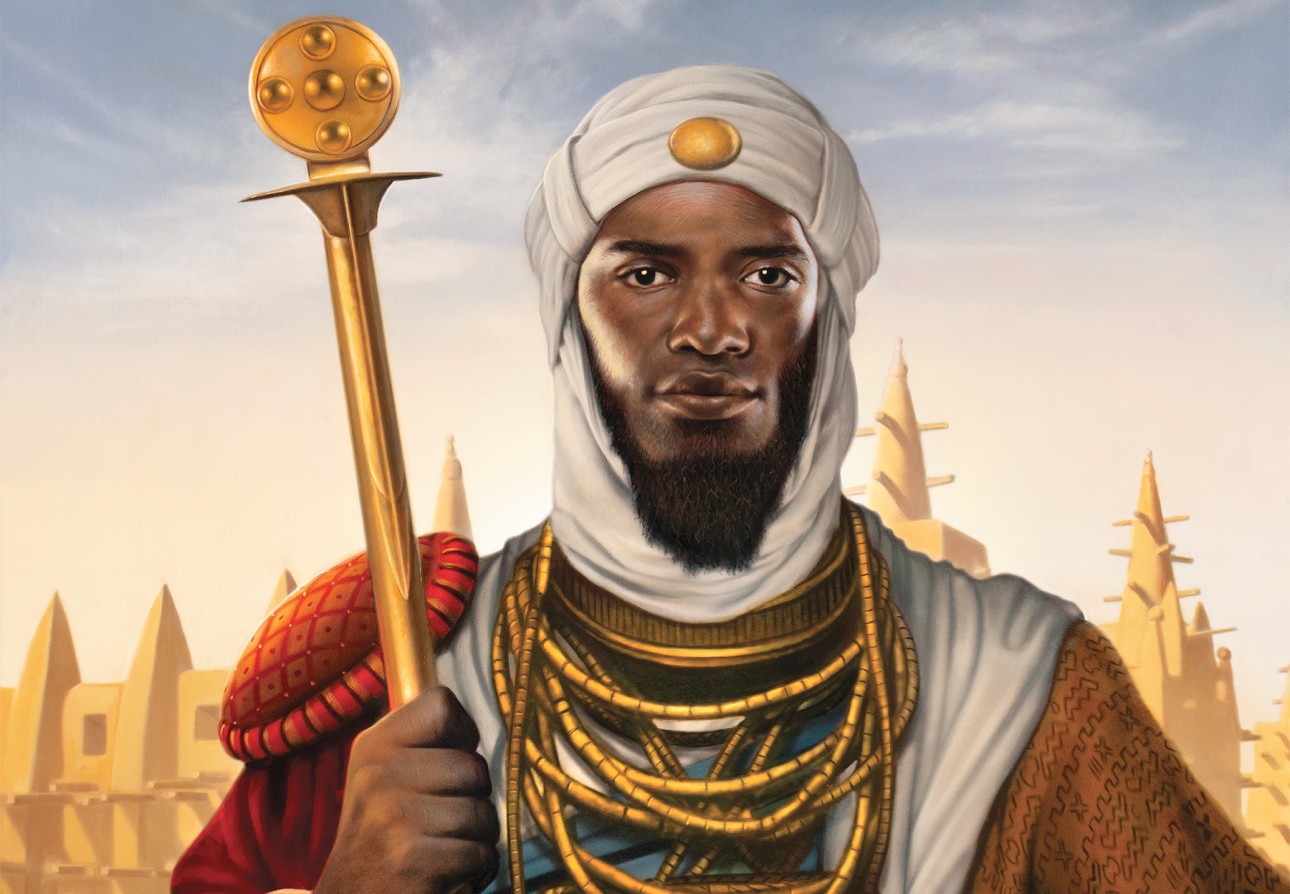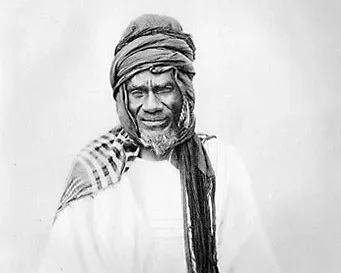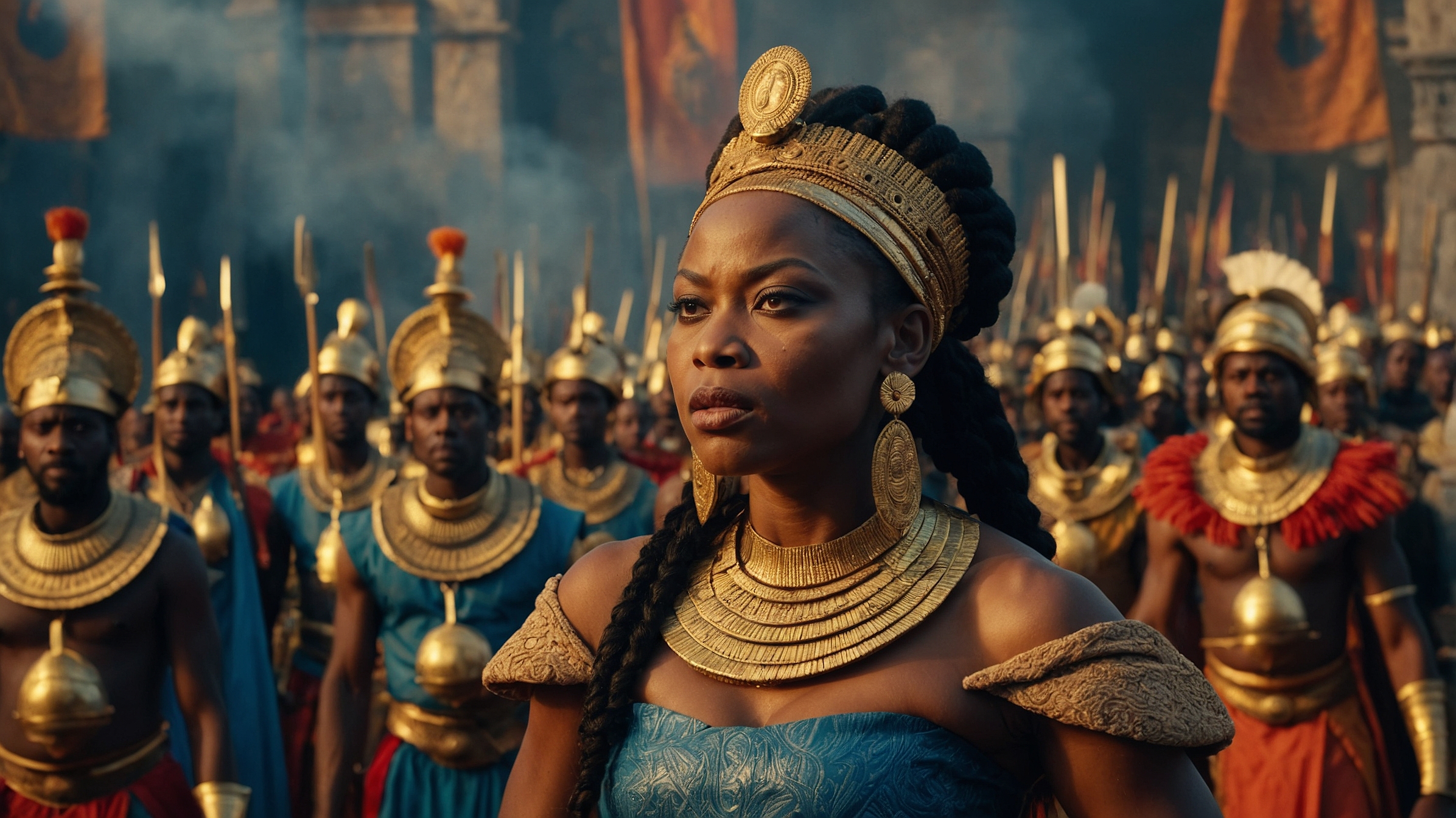Often considered one of the richest individuals in recorded history, Mansa Musa is also the most renowned monarch of the Mali Empire. His rule not only changed the empire into a beacon of wealth and culture in West Africa, but also redefined world views of Africa’s power, sophistication, and leadership. Mansa Musa became a famous character by means of trade, religious devotion, and unparalleled charity. But his narrative is more than gold; it is a deep chapter in the history of Africa’s political, spiritual, and intellectual inheritance.
Background and Early Life
Mansa Musa, sometimes known as Musa Keita I, was born about 1280 CE and was from the Keita Dynasty. His grandfather, Abu Bakr, was Sundiata Keita’s brother, the famed founder of the Mali Empire. Though not the direct heir, Musa’s royal ancestry put him in the circle of succession. His father’s reputation as a revered monarch revealed Musa to the administrative operations of empire as well as Islamic instruction.
Young Musa worked as assistant to Mansa Abu Bakr II, who allegedly oversaw an ambitious but doomed Atlantic crossing and never came back. This set Musa on the road to rise. Exposure to lively commerce channels, Islamic scholarship, and court diplomacy formed his early life. From the beginning, he showed a dedication to study, commerce, and spiritual devotion—qualities that would characterize his leadership.
Rise to Power
Mansa Officially, Musa became emperor in 1312 CE during a time of change. Though the throne had been put in doubt following Abu Bakr’s journey, the Mali Empire was growing. Musa strengthened his position by means of smart partnerships with important noble families and by his strong understanding of military leadership and administration.
African academics, including those cited by the Boston University African Studies Center, say Musa’s early rule concentrated on consolidating the kingdom and maintaining Mali’s supremacy over the gold-producing areas of Bambuk and Bure. Politically complicated, with semi-autonomous areas as well as competing tribes, he inherited an empire filled with riches. Musa was able to unite Mali and set the stage for its golden era by means of diplomatic efforts and military campaigns.
Wealth and Prosperity
The legendary prosperity of Musa was a direct result of the empire’s dominance in the trans-Saharan trade of slaves, gold, salt, and ivory. Some of the world’s most valuable gold fields were located in Mali. Musa instituted measures to promote trade between nations, secure trade routes, and control trade through centralized taxation.
Thanks to his business acumen, merchants from all over the world, including Europe and the Middle East, flocked to his empire. During his reign, markets in cities including as Niani, Gao, and Timbuktu thrived. When he traveled, he allegedly distributed gold too freely, which caused entire economies to collapse, according to Smithsonian Magazine.
A number of critical viewpoints, including those on Balanta.org, point out that the Mali Empire’s enormous riches was not always acquired without imperial expansion that wreaked havoc on nearby regions. With this complex perspective, we can see how Musa’s affluence was met with both admiration and criticism by various communities.
The Journey to Mecca in 1324
The fabled hajj (pilgrimage) that Musa made to Mecca in 1324 marked the turning point in his rule. He led a massive caravan of sixty thousand people—soldiers, officials, slaves—and one hundred camels laden with money as they journeyed. All who beheld the event were astounded. When Musa liberally distributed gold in Cairo, local markets fell and inflation lasted for more than a decade.
The pilgrimage was more of a political statement than a religious one. In the perspective of the Muslim world, it portrayed Mali as an affluent and religious Islamic kingdom. Musa was also able to establish academic and diplomatic ties to Egypt and the surrounding region as a result. Many intellectuals and architects from Cairo came back with Musa, causing a renaissance in Mali’s architecture and academia, according to African-based sources kept at BU’s African Studies Center.
Cultural and Educational Contributions
After his return, Mansa Musa poured a lot of money into advancing education and culture. In particular, he had mosques, libraries, and schools built in Gao and Timbuktu. One example of Mali’s outstanding architecture is the Djinguereber Mosque, which was created by the Andalusian architect Abu Ishaq al-Sahili.
Additionally, he brought intellectuals from all around Africa and the Middle East to Timbuktu when he founded the University of Sankore. According to Study.com, the scholarly atmosphere that Musa fostered contributed to the blending of African, Arab, and Islamic cultures.
Timbuktu became a prominent Islamic city-state for learning in large part due to these institutions. Many of the thousands of preserved manuscripts covering fields such as medicine, astronomy, law, and theology are still in use today.
Expansion and Governance
Mauritania, Senegal, Gambia, Guinea, Niger, Nigeria, Chad, and Burkina Faso were all part of the Mali Empire’s expansion under Musa’s leadership. Through a combination of diplomacy and force, the imperial power was able to incorporate cities like Gao and Timbuktu.
He instituted a centralized government structure with governors and tax collectors who were selected by him. According to the History Cat, he ensured uniform rule over enormous areas by dividing his empire into provinces, with a trusted officer supervising each.
While Musa’s unity and administrative prowess are often lauded, criticisms like those on Balanta.org show that not everyone approved of his expansion. Some saw his conquests of minor ethnic groups as imperialist acts of subjugation. Our comprehension of his leadership is enhanced by its intricacy.
Death and Legacy
At the time of his death in 1337 CE, Mansa Musa’s empire had reached its zenith. His son Mansa Magha succeeded him, but few of his successors were able to sustain the enormous impact of the empire.
Nevertheless his legacy lives on. To this day, he remains a symbol of African wealth, intelligence, and religious devotion. Economists and historians of the modern era frequently place him among the wealthiest individuals in human history. Even more enduring than the gold were his legacies in the realms of culture, education, and government.
Inspiring a new wave of Africans and global thinkers, Mansa Musa sheds light on a period when Africa played a pivotal role in international commerce, academia, and spirituality.
In summary
A tale of riches, faith, ambition, and vision is Mansa Musa’s life. He raised West Africa’s prominence internationally, molded its fate, and set the stage for centuries of cultural genius during his rule over the Mali Empire. Through his charitable deeds, educational investments, and pilgrimage to Mecca, he changed the way the world saw Africa and his empire.
As we honor his life and work, we are reminded that Africa’s history is filled of wisdom, bravery, and hope, and that The Baobab Within provides a voice to share those stories in an authentic and impactful way.
References
National Geographic Education – https://education.nationalgeographic.org/resource/mansa-musa-musa-i-mali
BBC Bitesize – https://www.bbc.co.uk/bitesize/articles/zjbhxyc
History.com – https://www.history.com/news/who-was-the-richest-man-in-history-mansa-musa
Khan Academy – https://www.khanacademy.org/humanities/world-history/medieval-times/islam-in-africa/a/mansa-musa
Smithsonian Magazine – https://www.smithsonianmag.com/history/mansa-musa-the-richest-man-who-ever-lived-102197431/
BU African Studies Center – https://www.bu.edu/africa/outreach/teachingresources/history/ancient-to-medieval-history/k_o_mali
The History Cat – https://www.thehistorycat.com/world-history-a-27/mansa-musa-and-the-golden-age-of-mali
Study.com – https://study.com/academy/lesson/mansa-musa-definition-facts-biography.html



Leave a Reply